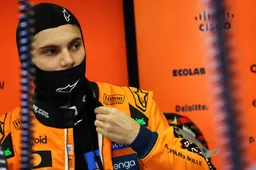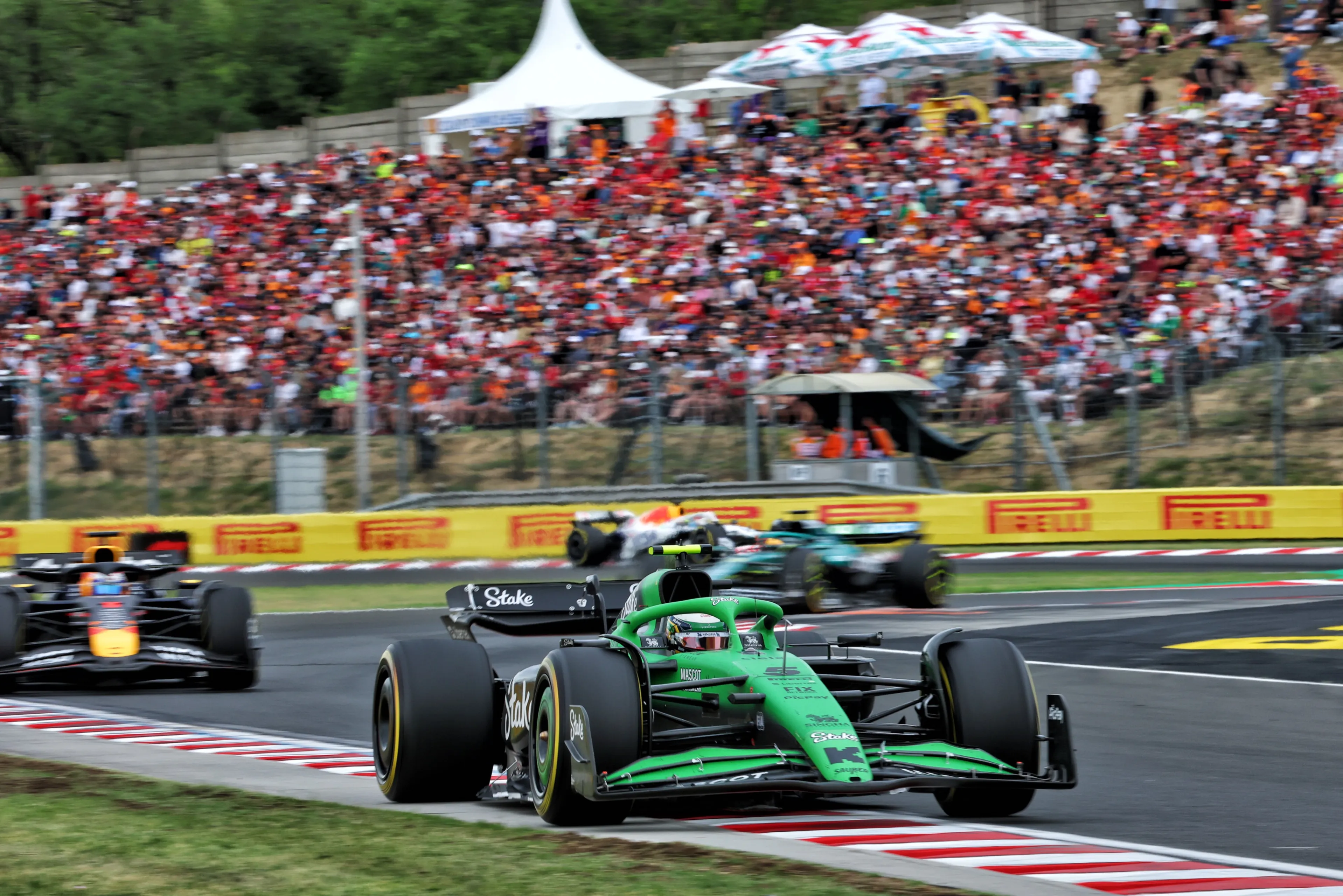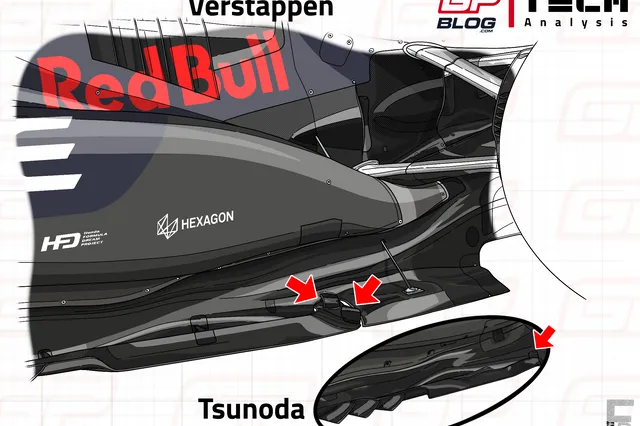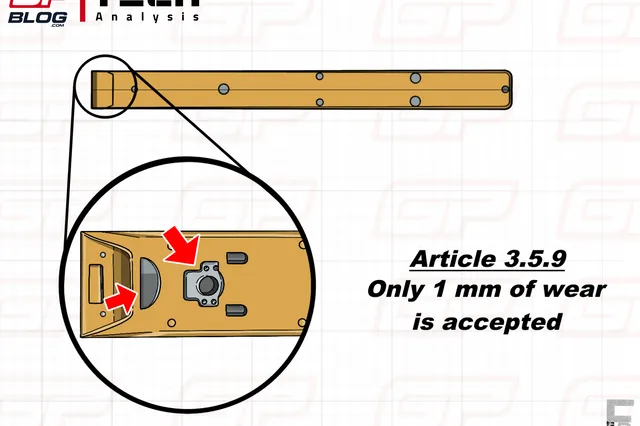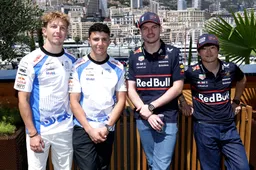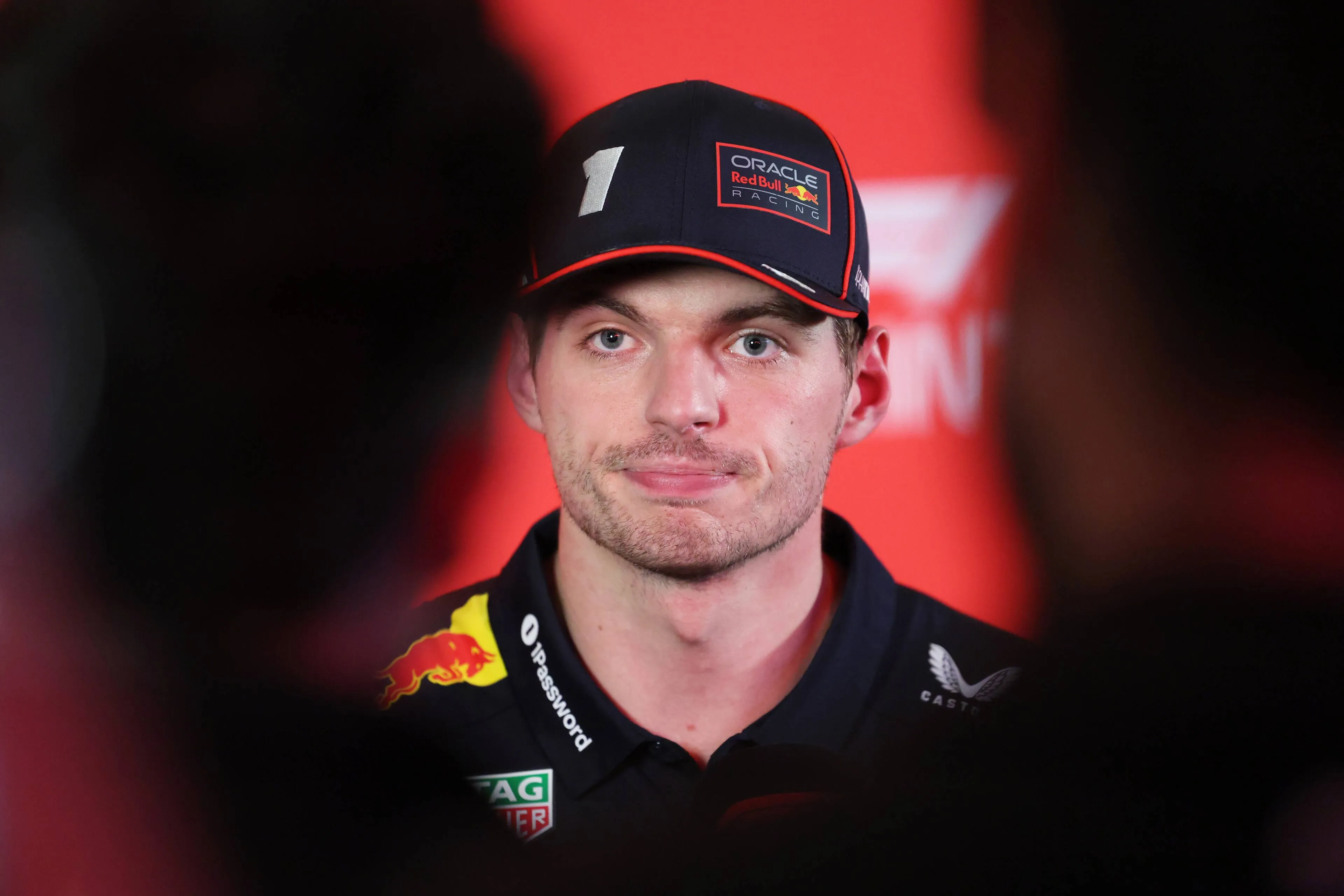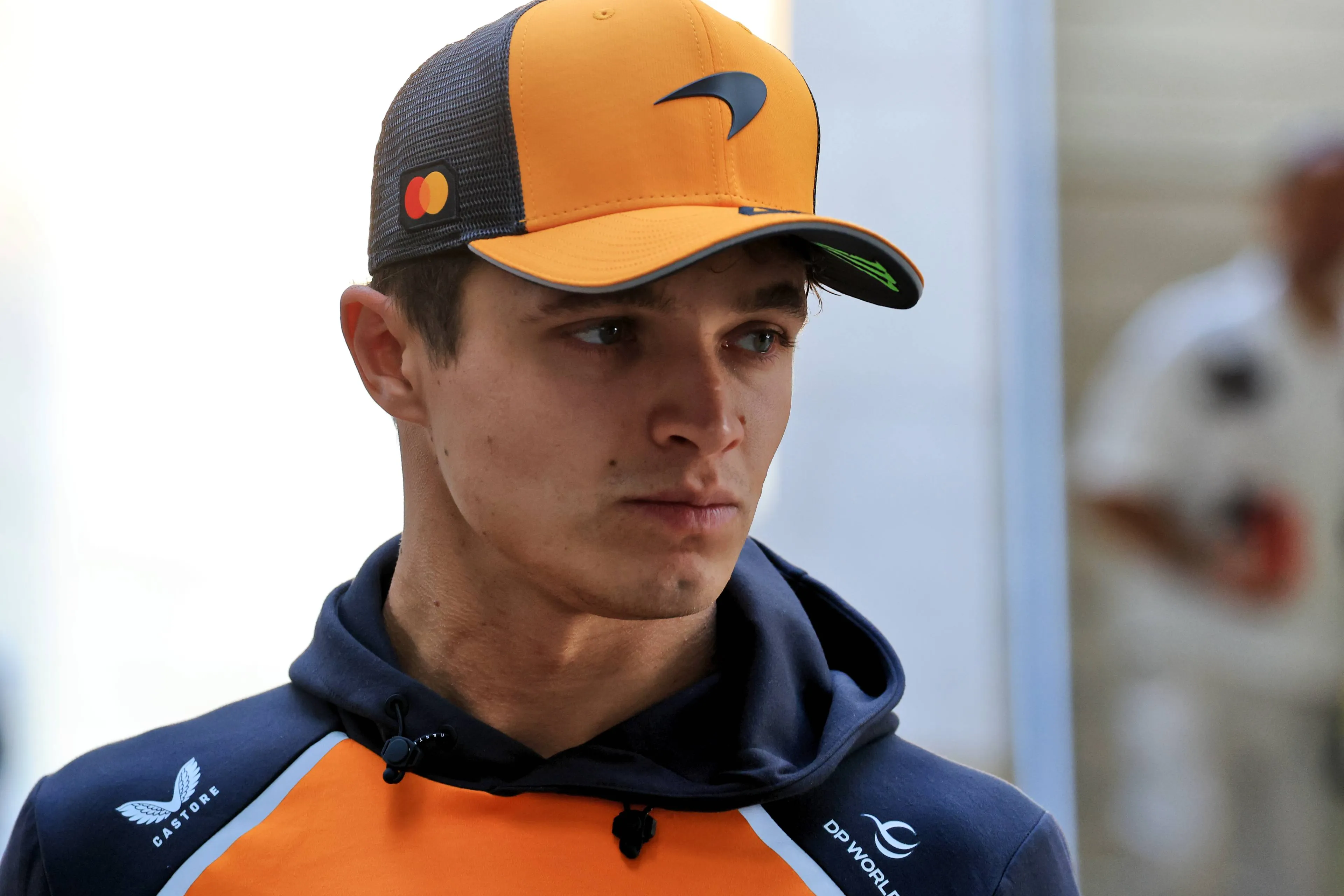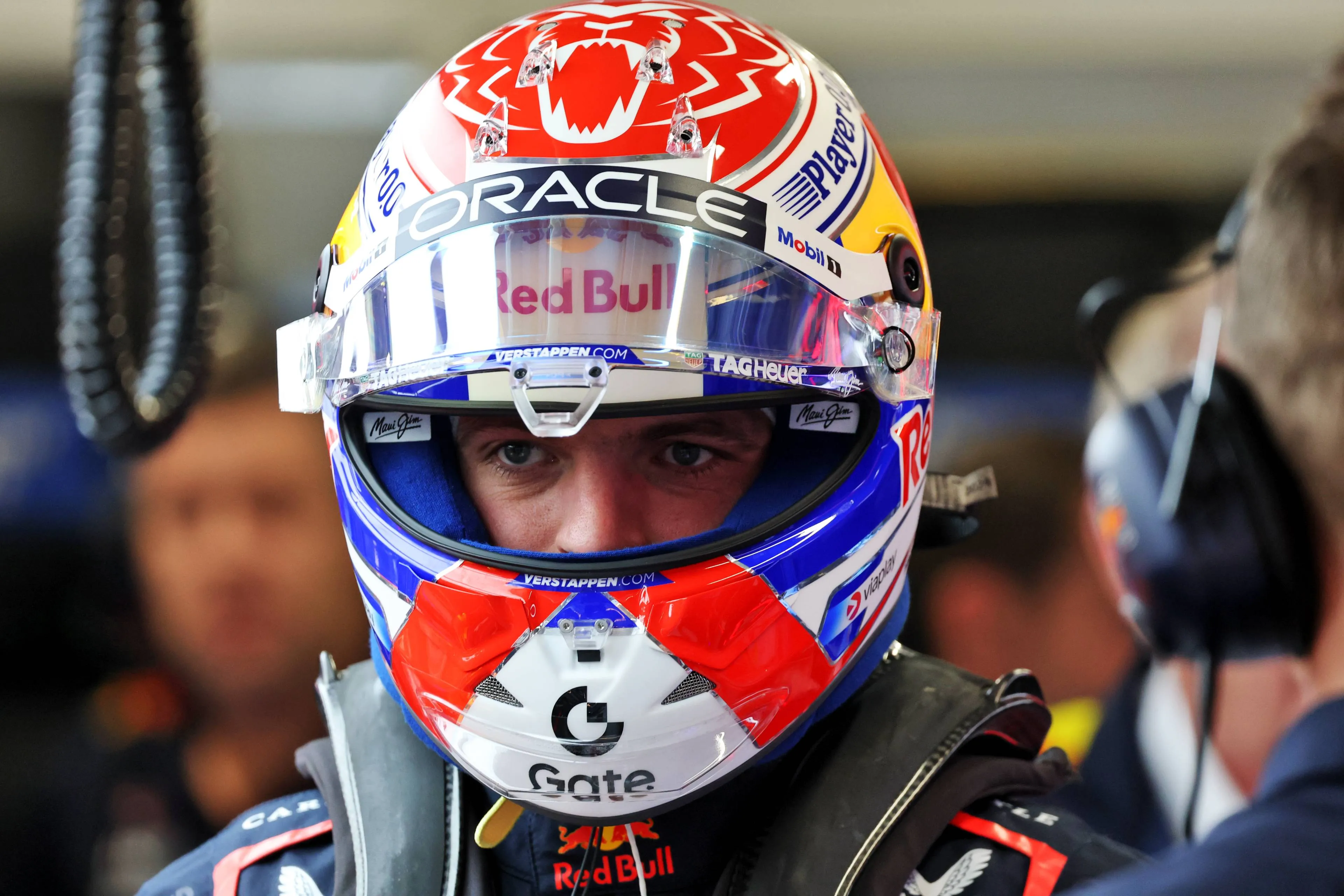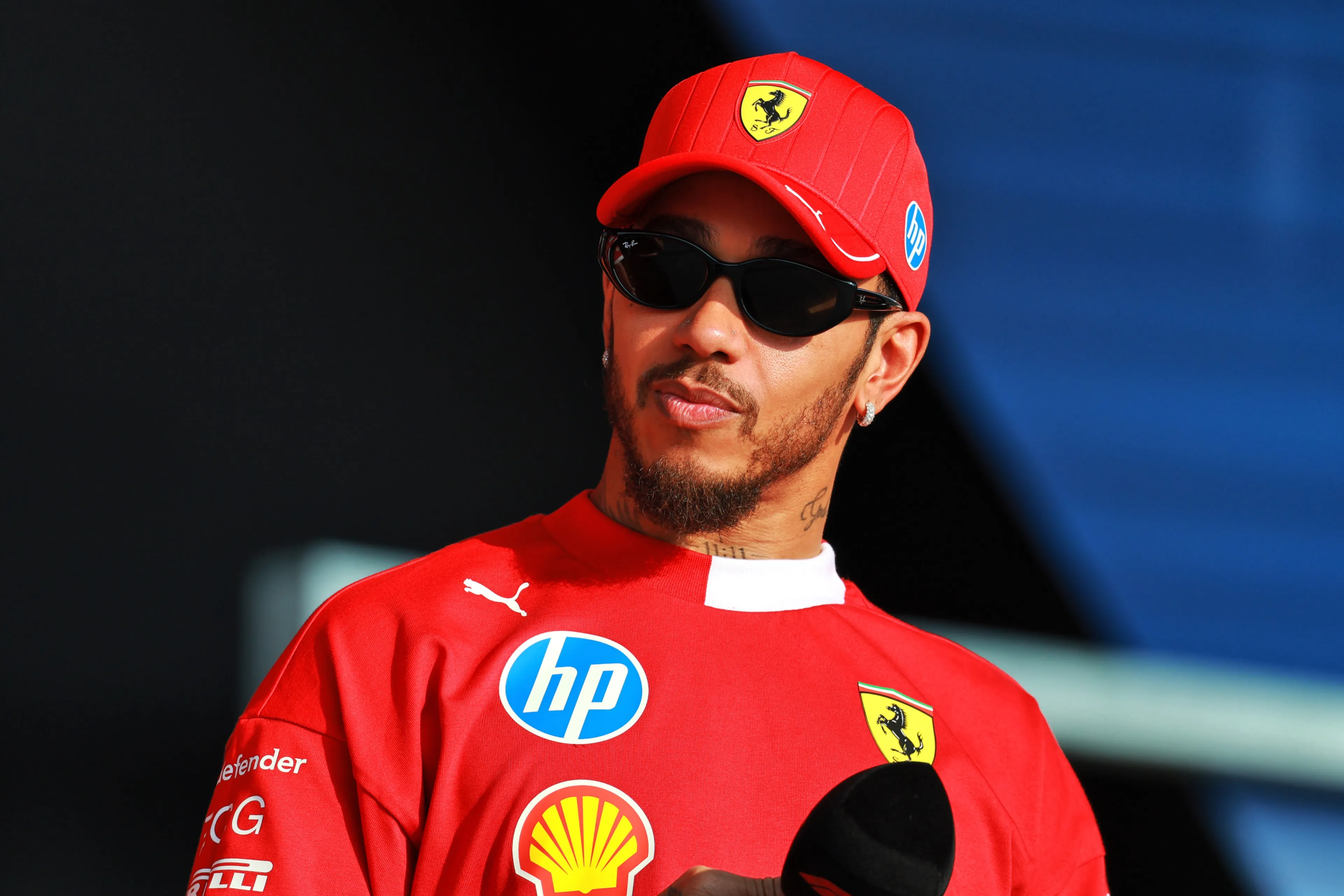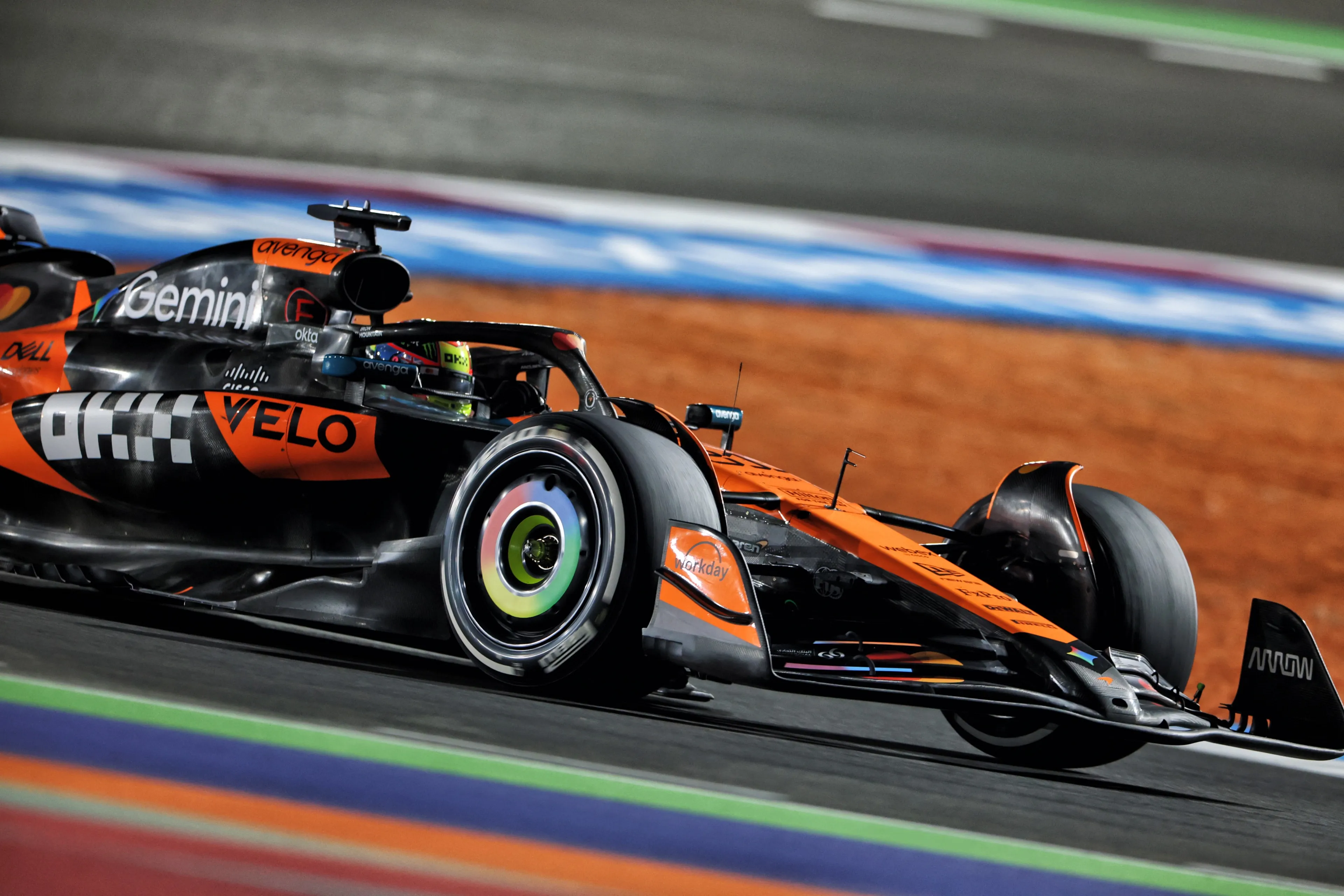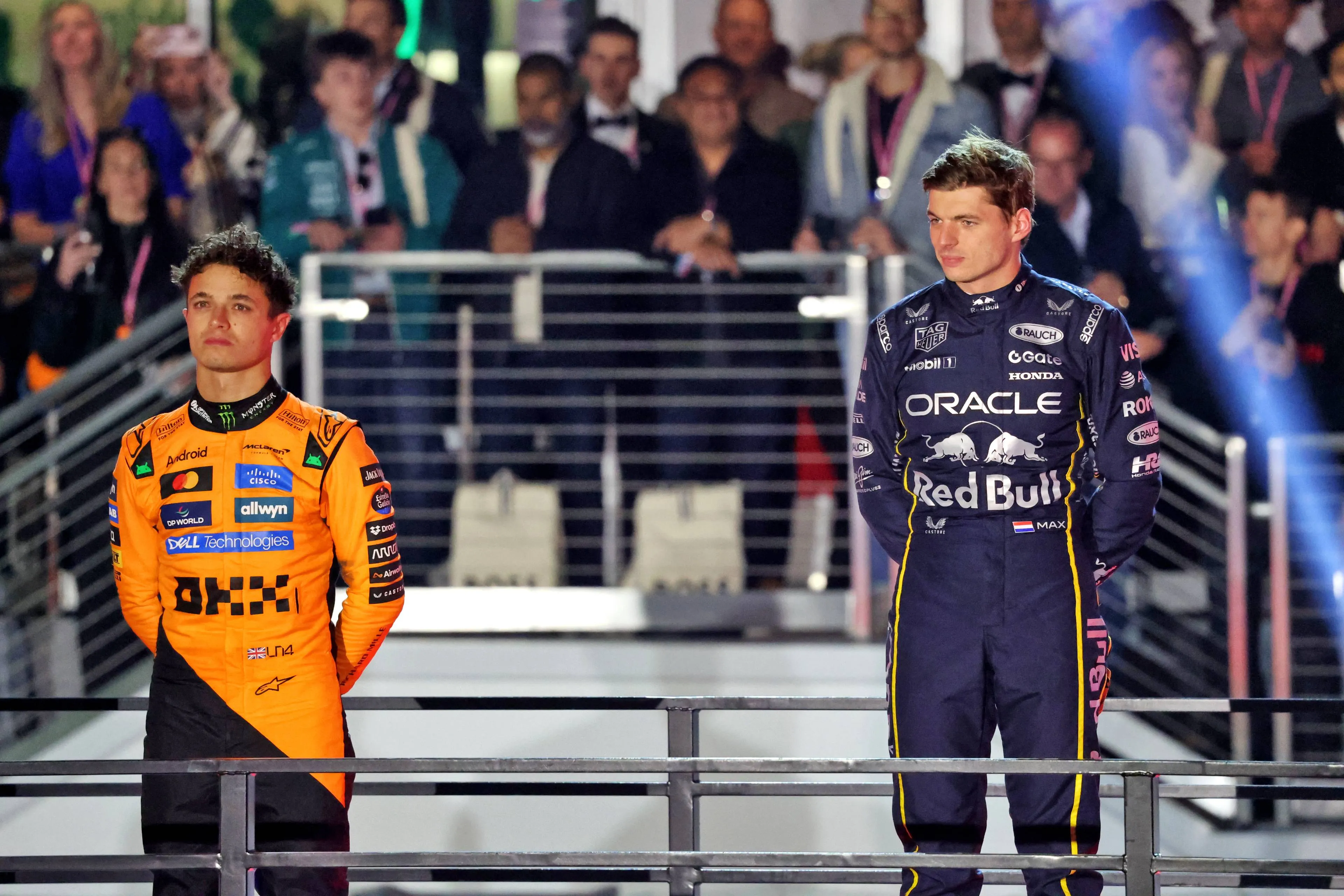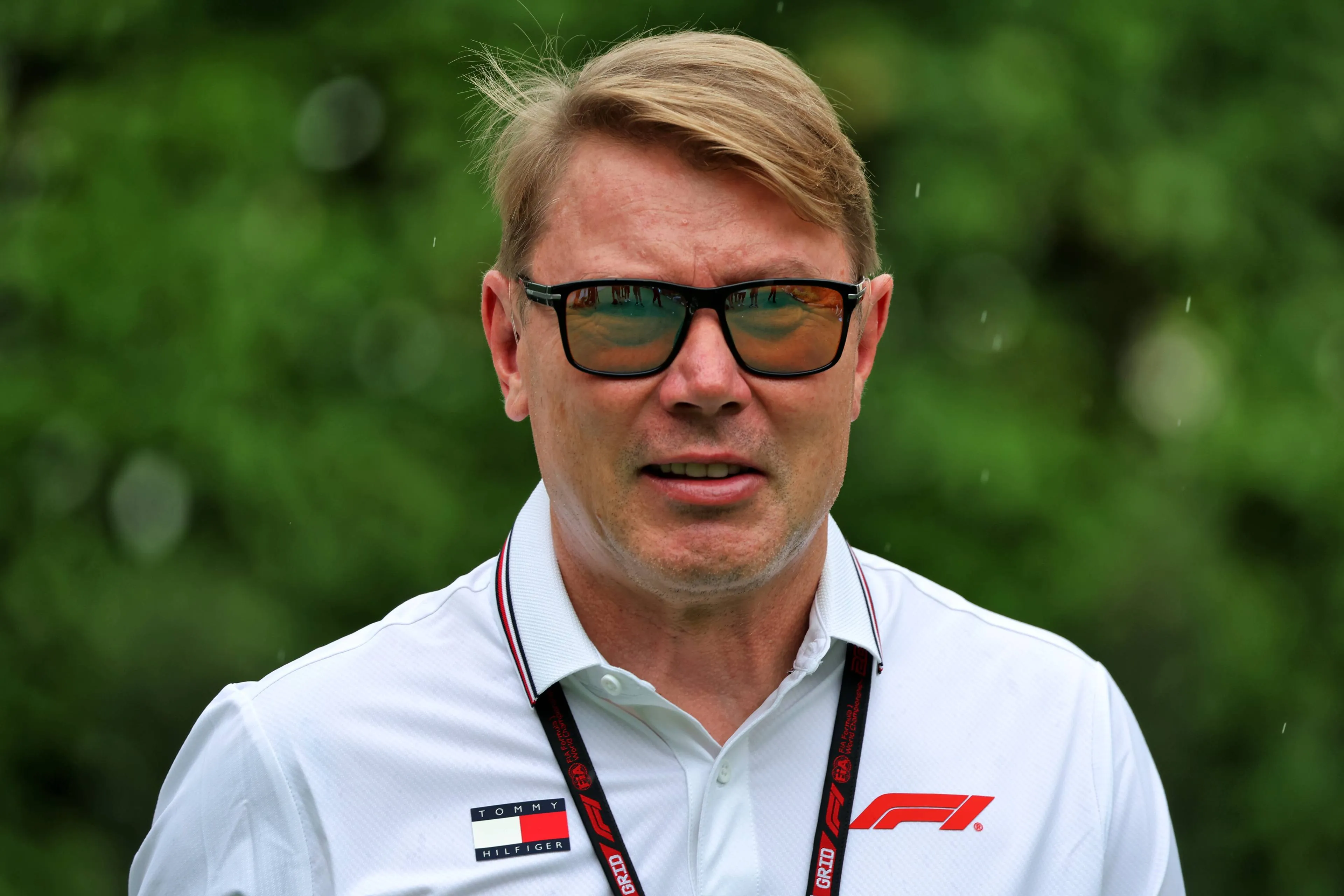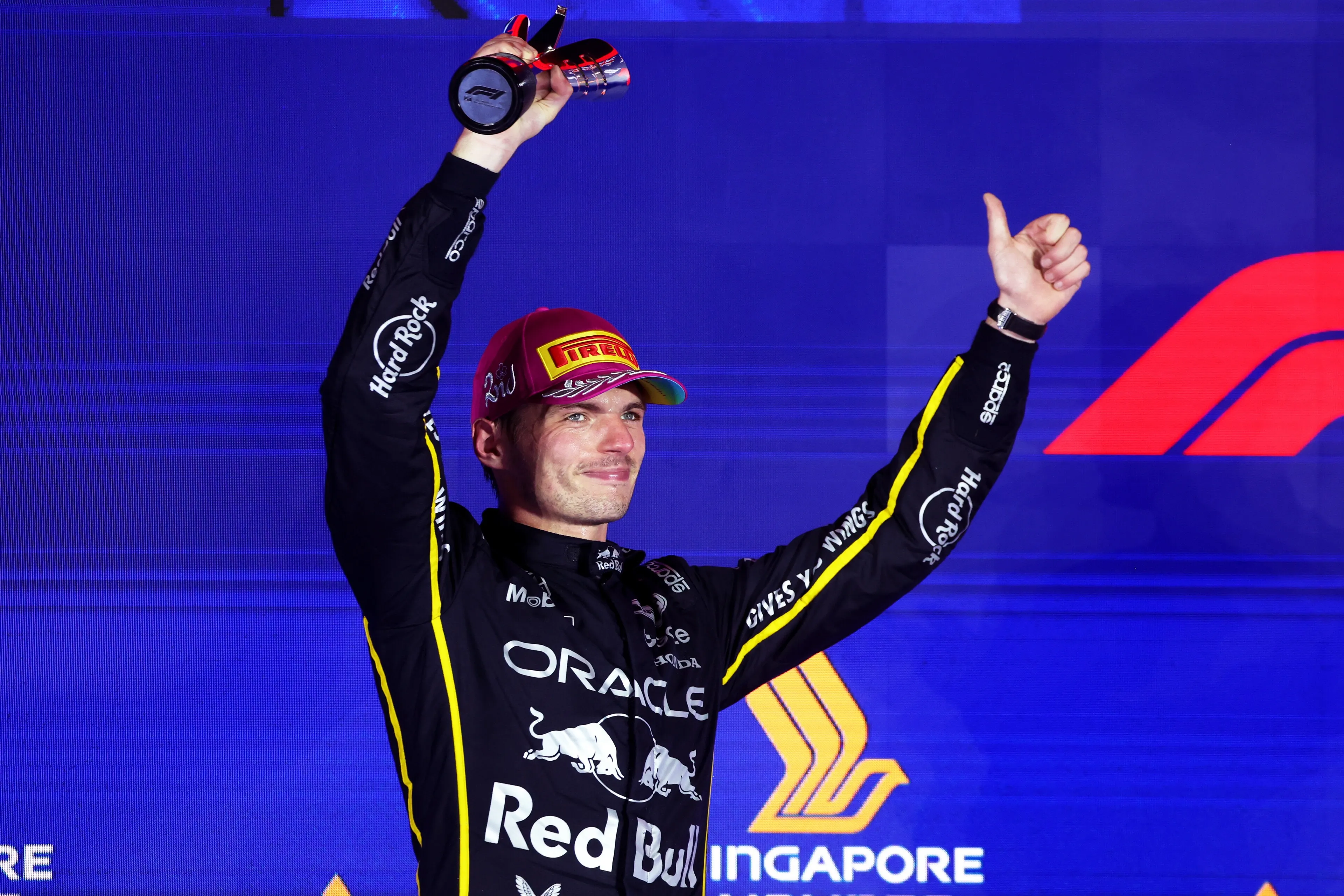F1 Tech | What's the reason behind Sauber's six consecutive point-scoring races?
After a very disappointing beginning of the season, with just one top-10 finishing at the inaugural race in Melbourne, Sauber have completely changed skin from Barcelona onwards, with 6 consecutive point-scoring races and a P3 at the British Grand Prix. Let’s try to understand where this majestic comeback comes from and why Sauber-Audi could become a top team from 2026.
With only 6 pints gained during the first 8 rounds of the 2025 Championship, Sauber started off the year with a very poor performance, despite the many upgrades introduced in China. The C45 not only lacked downforce and overall balance but became more unbalanced when in the dirty air of other cars during the race. The hot and turbulent air coming from the car in front, in fact, made the C45 very unstable through corners due to the lack of clean air received.
All these factors made the car very difficult to drive for both drivers, who struggled to get out in Q1 in qualifying on Saturday, inevitably affecting the performance on Sunday. The scenario, however, drastically changed from Barcelona: a major package of upgrade was introduced that weekend, with major changes concerning the floor body, sidepods and engine cover.
Some of these elements showed a very similar design to the ones that were adopted at the beginning of the year but were redesigned to make the whole package give the results engineers saw in their simulations (CFD and wind tunnel). At the Spanish Grand Prix, Bortoleto managed to get into Q2 and Hulkenberg, thanks to a very good strategy choice, managed to get to P6 during Sunday’s race, showing off a very strong pace and eventually scoring the first points for the team since Australia.
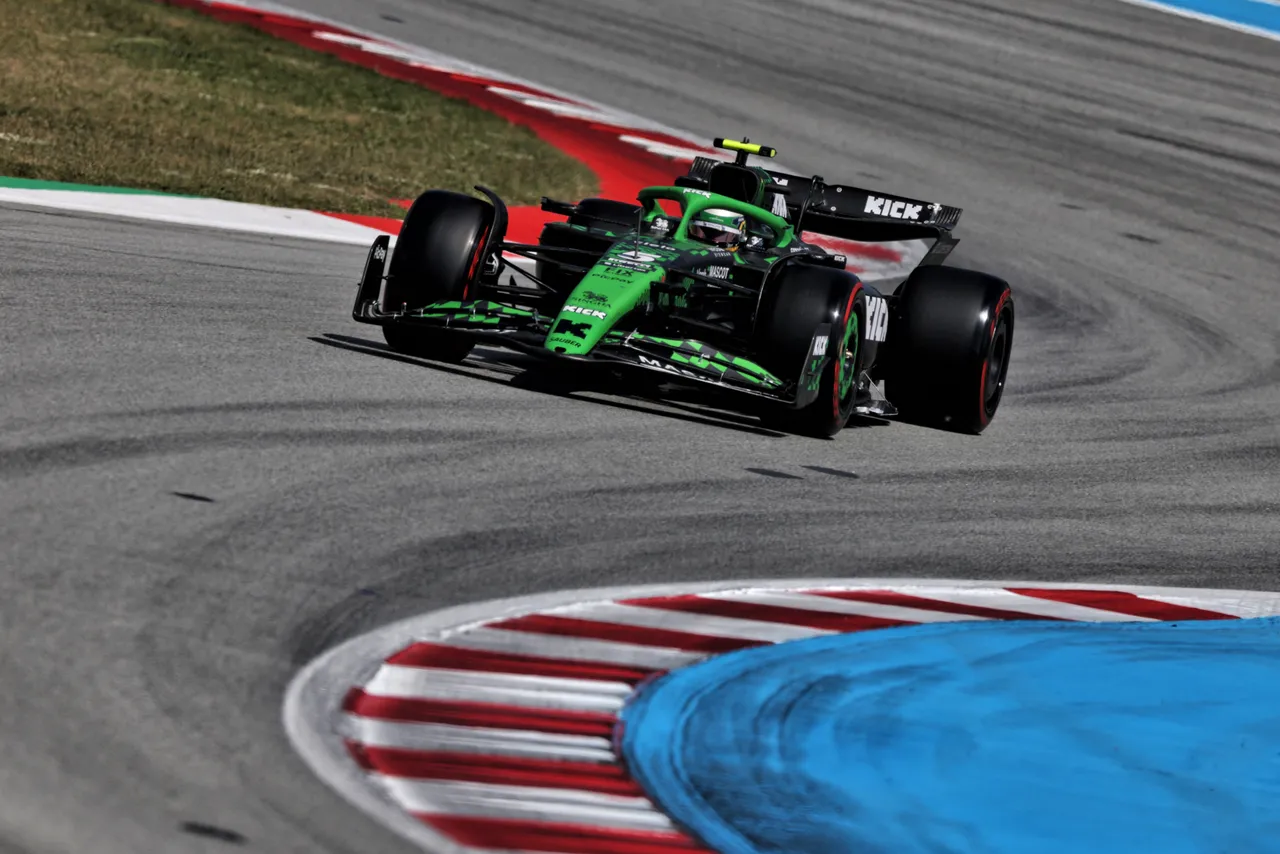
The new package introduced for that race made the C45 much more balanced and improved the overall performance, slightly adapting it to the slow speed corners, exactly where the car suffered the most since the beginning of the year. The updates also enlarged the car’s operating window, making it easier for engineers to find the right set-up on different layouts. As a direct consequence, the car proved to be competitive on all different tracks, being much more easier for drivers to drive.
The results were astonishing: the team managed to score points in 6 consecutive races, with an extraordinary podium during the British Grand Prix. This proved the great step forward in terms of tyre management and downforce generation since Spain, matched with some perfect pit stop calls by Nico Hulkenberg.
After the last race before the summer break at Hungaroring, Team Principal Jonathan Wheatley expressed his enthusiasm for the upgrades and pointed out how they drastically improved the balance of the car: “I think the upgrades have brought a broad spectrum of performance, so it does seem like we're able to follow a little bit closer than maybe some other teams.”
“But also the drivers just seem very comfortable with it on different tyre compounds and across different circuits up to now. And we've at times, I think, yes, we've overperformed on where we thought we would.”
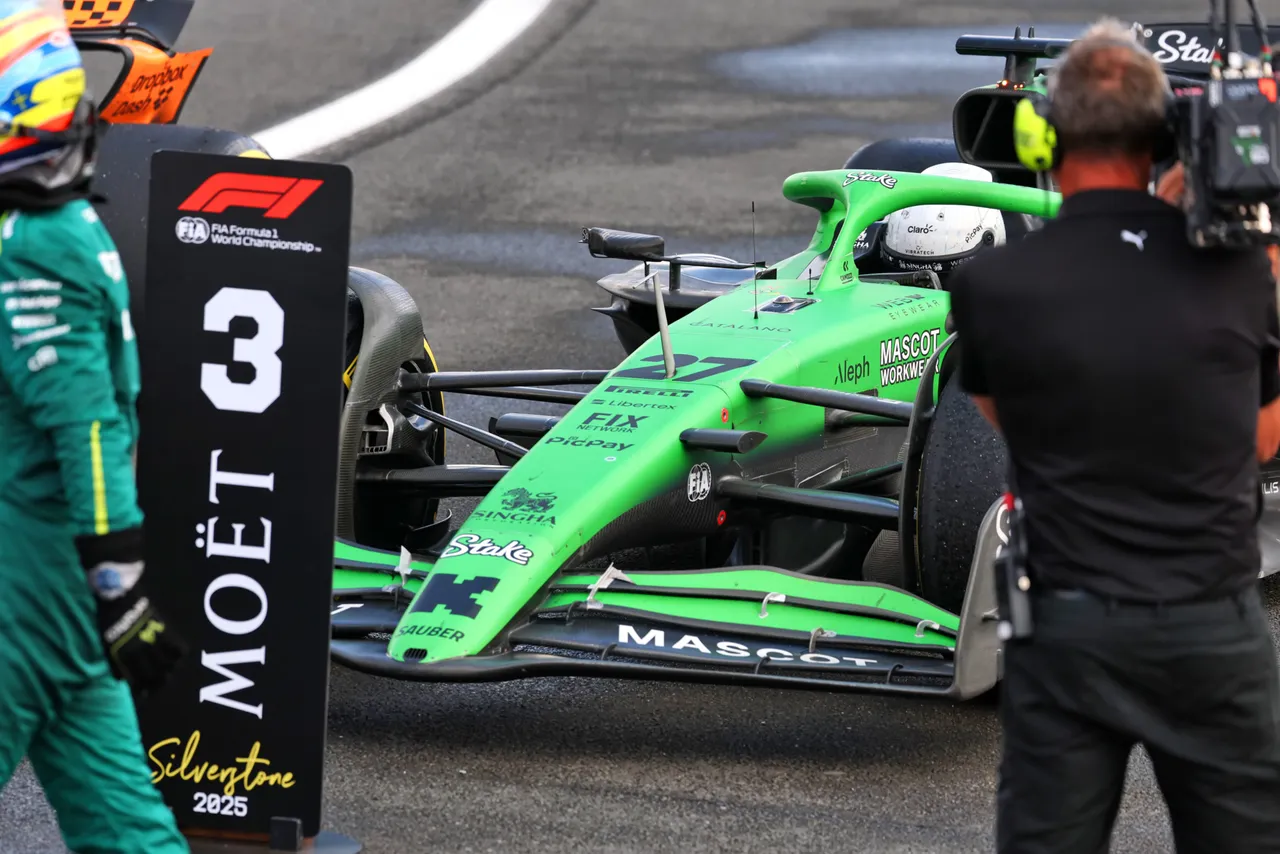
The effect of this positive momentum has obviously translated into a huge amount of points, allowing Sauber to rank up the Constructors’ Championship standing, getting to 7th place with 51 points, just 1 less of Aston Martin. The incredible progress made by the whole team in just two months underlines how the engineers were able to fully understand the problems of their car and correct them with a series of specific upgrades.
This attitude will count a lot for next year as well, when the team will complete its transition to Audi, aiming to become a top team and fighter for Championships. The kind of growing performance during the first half of 2025 is the concrete proof that the team is ready to make the big jump with the new regulations in 2026, even if the pitfalls hidden by the technical changes for next year could slow down their march to the top.
Read also
Popular on GPBlog
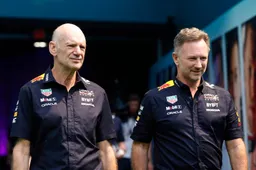
Aston Martin has informed staff following rumors about Horner’s arrival
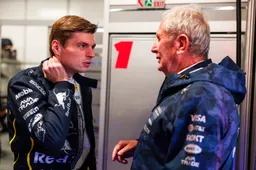
Marko identifies Verstappen's problem during Sprint Qualifying

This is the provisional grid for the F1 Qatar GP sprint race
